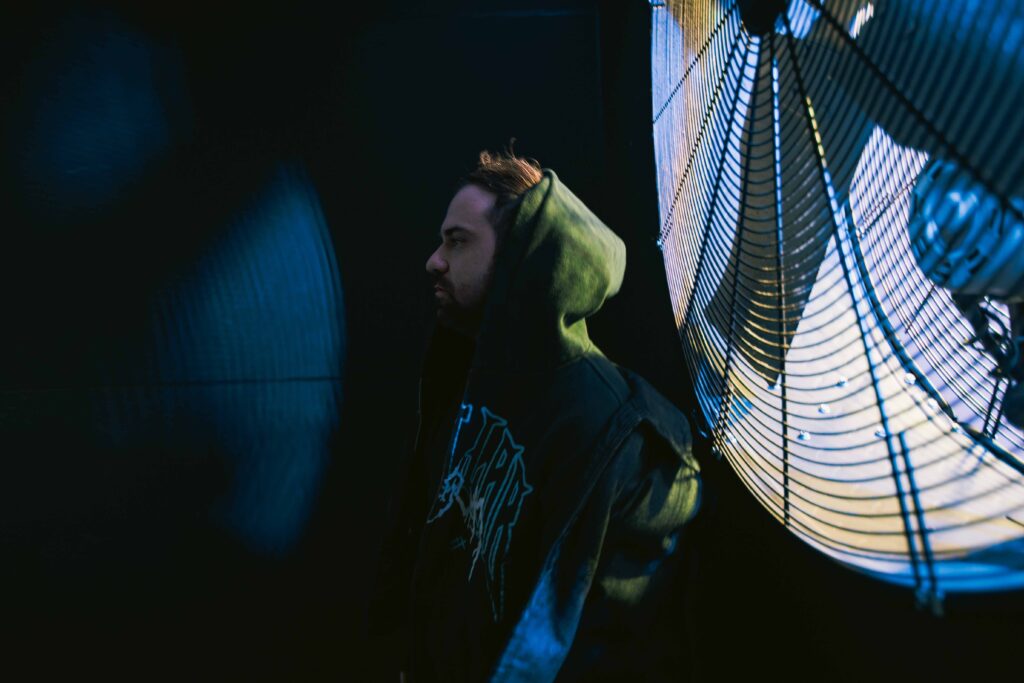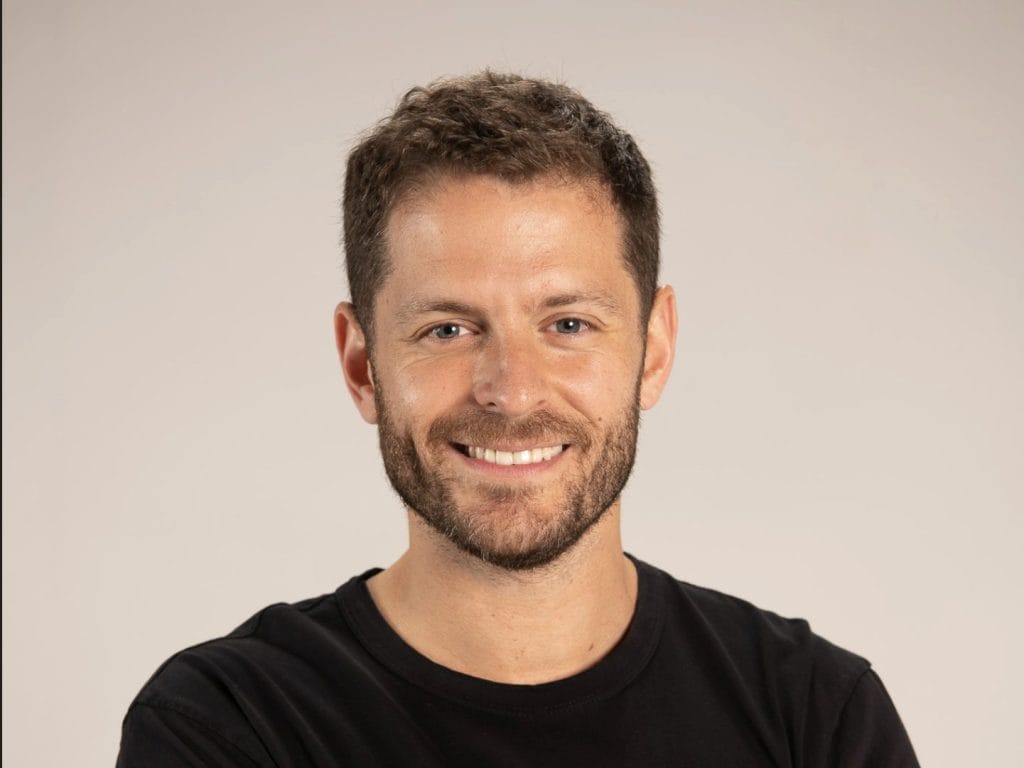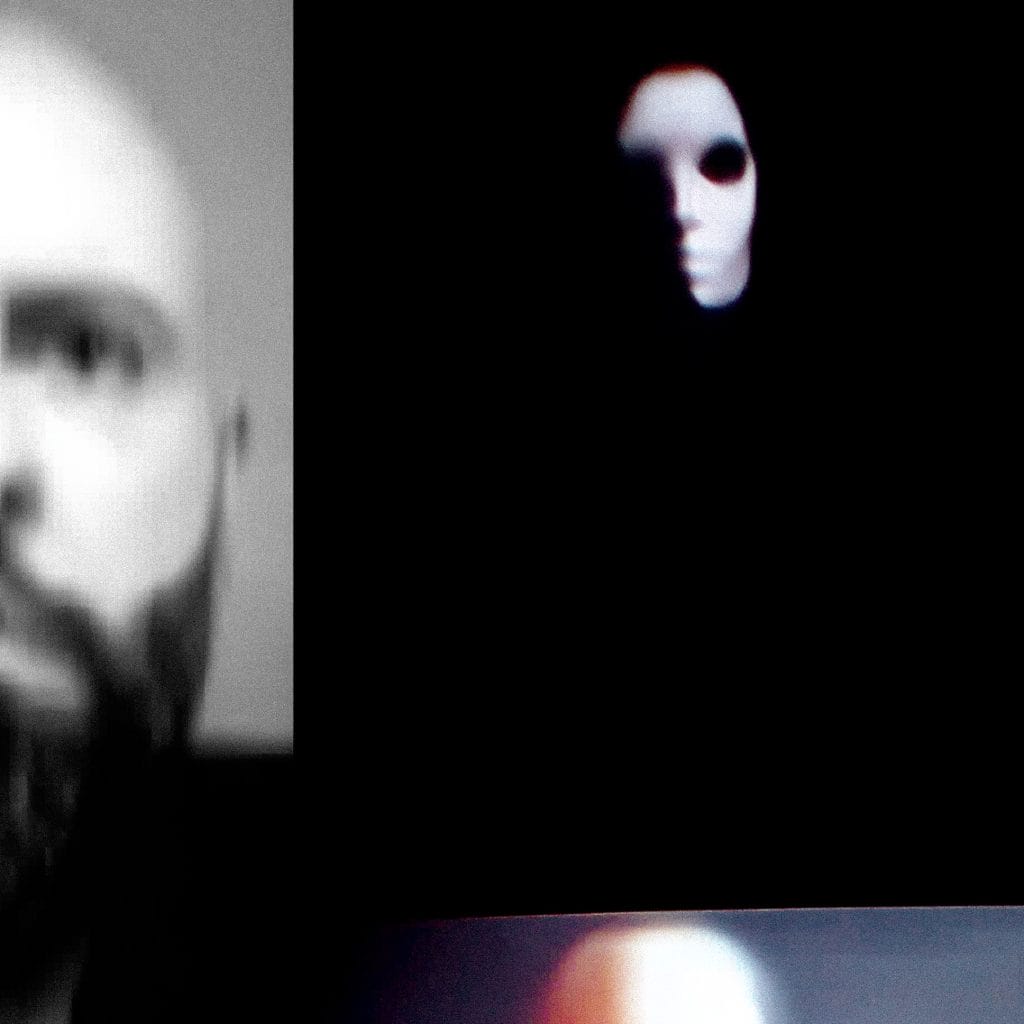What if everything about you and around you – your memories, your emotions, even the sensation of reading these words – was nothing more than code running in an elaborate virtual reality? Think too much about that question and you’ll enter a mental wormhole; it’s no wonder that the simulation theory remains pertinent today.
For Swiss-based creative director and electronic producer Giorgio Fazio, that question isn’t just late-night philosophy; it’s the heartbeat behind his new two-track EP, “Nothing but Simulation but Something Feels Real“, out today, August 22.
Drawing from the simulation hypothesis, Fazio isn’t interested in neat science fiction narratives or definitive answers. Instead, he treats the concept as an emotional condition – a way of understanding how perception and memory shape identity in environments that increasingly blur the lines between the virtual and the real.
The EP reflects this ambiguity in sound: the opening track, “Nothing but Simulation”, suspends listeners in an ethereal loop of unresolved presence, like a system forever booting but never reaching completion. Its counterpart, “But Something Feels Real“, fractures that stillness with tension, glitches, collapsing patterns, and instability that somehow speaks a strange, undeniable truth.
With this release, Fazio is less concerned with proving what’s real and more invested in what feels real. In a digital age where simulations are designed to evoke emotion rather than mirror reality, his work pushes us to reconsider not just the boundaries of sound, but of existence itself. And, from a highly accomplished creative director known for exploring emotion in technological environments, we wouldn’t expect anything less. We sat down with him to learn more.
What sparked your interest in simulation theory, and why did you decide to explore it through music?
My interest in simulation theory grew from two sides. I was drawn to the work of thinkers like Nick Bostrom, who suggest it may be statistically likely that our reality is already a simulation. At the same time I grew up inside digital culture, surrounded by screens and online spaces that already feel like parallel worlds. These two perspectives merged naturally into one question that became impossible for me to ignore.
Music was the most instinctive way to explore it, but not music alone. I wanted to combine sound with visual elements and coding, building something that works more like an environment than a simple release. For me the project became a way to make people feel the concept instead of just thinking about it, translating the instability of a simulated world into rhythm, atmosphere, and constantly shifting images.
How has your background as a creative director helped you express yourself musically in this EP?
My background as a creative director shaped this project completely. I never treated it as just two tracks but as a system where sound, visuals, and identity all interact. Years of working on brand concepts trained me to think in terms of experiences rather than isolated outputs, and I carried that approach into Nothing but Simulation.
The music was one layer, but I wanted to push the idea further, which is why I developed nothingbutsimulation.com. I built it through vibe coding with Google Gemini Pro 2.5, reaching exactly the outcome I envisioned. I trained a model on my own image to generate hundreds of video variations of myself, so in a way I was simulating myself inside the simulation. Every time someone enters the site, these outputs appear in random combinations, mixed with fragments of text, phrases, and links. Each experience becomes different, almost like walking into a new version of me inside a parallel system.
This process felt very close to how I work as a creative director, but this time it turned inward. Instead of creating an identity for a brand, I was creating my own identity as an artist, one that exists as music, visual architecture, and code, always shifting and never fixed. That balance between design clarity and artistic instability is what defines the project.
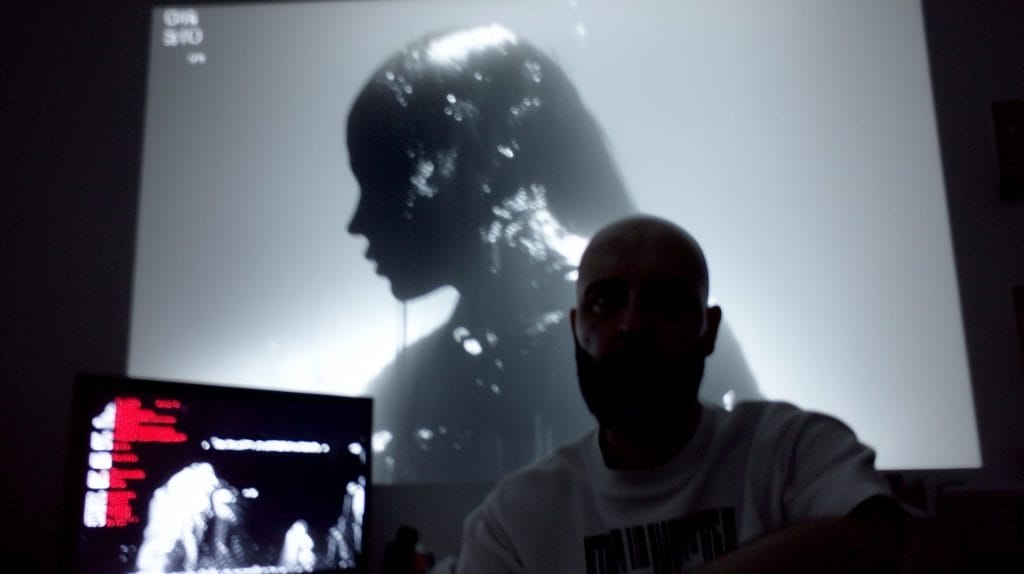
Why did you choose to explore simulation theory through an emotional lens rather than a technical one?
For me the emotional dimension was the only way to make the idea real. The technical explanation of simulation theory is fascinating, but it stays abstract. What interests me is what happens when you actually feel it. Through sound, visuals, and shifting structures I wanted to create a state where tension, suspension, and disorientation become physical sensations.
Music in particular has the power to bypass explanation and go straight into the body. A broken rhythm can feel like instability. A suspended texture can feel like waiting for a system to load forever. When these elements combine with visual fragments, the effect is less about thinking and more about living inside the question itself.
My choice was never to present a lecture on simulation theory but to design a mood, an atmosphere where people sense the paradox directly. In that space the line between real and unreal becomes blurry, and that emotional friction is what gives meaning to the project.
How did both of these tracks start out? Did you come to your production software with an idea, or did you let the ideas flow once you got there?
Both tracks started in a very simple way, just me in my room with my laptop. With Nothing but Simulation I began working on rhythmic samples and pushed them until they lost their original shape. I kept breaking them, rebuilding them, and layering them so that the beat felt unstable, almost collapsing. It was not about randomness but about reaching a very precise tension, something fragile that always felt on the edge.
But Something Feels Real grew in the opposite direction. I worked with atmospheric sounds, stretching them until they felt suspended in time. Instead of moving forward, the track holds you in a loop, as if you were waiting for something to happen but it never arrives.
For me this process was about treating sounds as if they were characters inside a simulation. You start with something familiar, but once you re-shape it, it becomes a version of itself that feels both real and unreal at the same time. That is exactly what I was looking for: to make music that gives you the sensation of being inside a system that never fully settles.
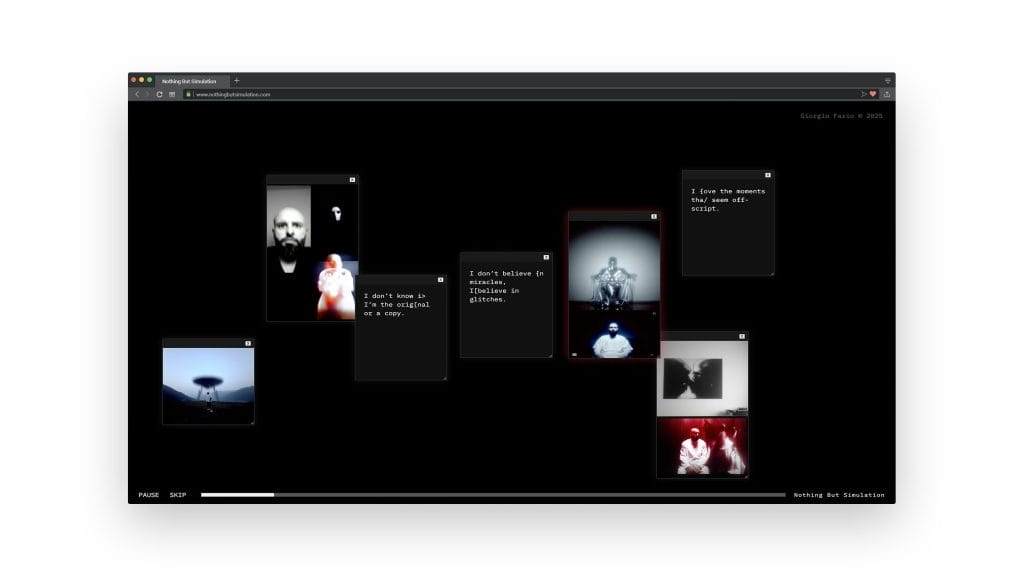
Did you use any specific production techniques and stylistic choices to help you fulfill your artistic vision?
Yes, I worked in Ableton and my process was very direct. With Nothing but Simulation I started from percussive samples and kept cutting them, shifting the timing and layering them slightly out of sync. I wanted the rhythm to feel unstable, like it could fall apart at any moment. That controlled sense of collapse gave the track its character.
For But Something Feels Real I took the opposite approach. I stretched atmospheric sounds until they became long pads, then added subtle textures and noises around them. The result was a suspended space that never resolves, almost like waiting for a program to load but it never does.
I like working with raw audio and shaping it by hand, more like sculpting than arranging. I am not interested in clean perfection. What matters to me is the mood that comes out when a sound is bent and reshaped until it feels both alive and unstable. That is what made the tracks connect to the idea of living inside a simulation.
What’s a great piece of advice you could give to someone looking to deeply explore a concept in a long-form electronic project?
The most important thing is to respect the concept and let it guide you without trying to control every detail. When you work on a project shaped around a strong idea, the temptation is to design everything too tightly. In my experience the best results come when you set the frame and then allow the process to evolve inside it. Some of the most powerful moments in my EP came from fragments that at first felt like mistakes but actually carried the right energy.
It also helps to focus on the emotional path rather than only on technique. Ask yourself how you want people to feel, what kind of atmosphere you want to create around them, and then build the sound world with that in mind. If the emotion is clear, the technical side will follow naturally.
And at a certain point, when you find the right flow, the work starts to shape itself. The direction becomes obvious and the music shows you where it wants to go. That is when the project stops being only about production choices and becomes something living, something that grows with you while you are making it
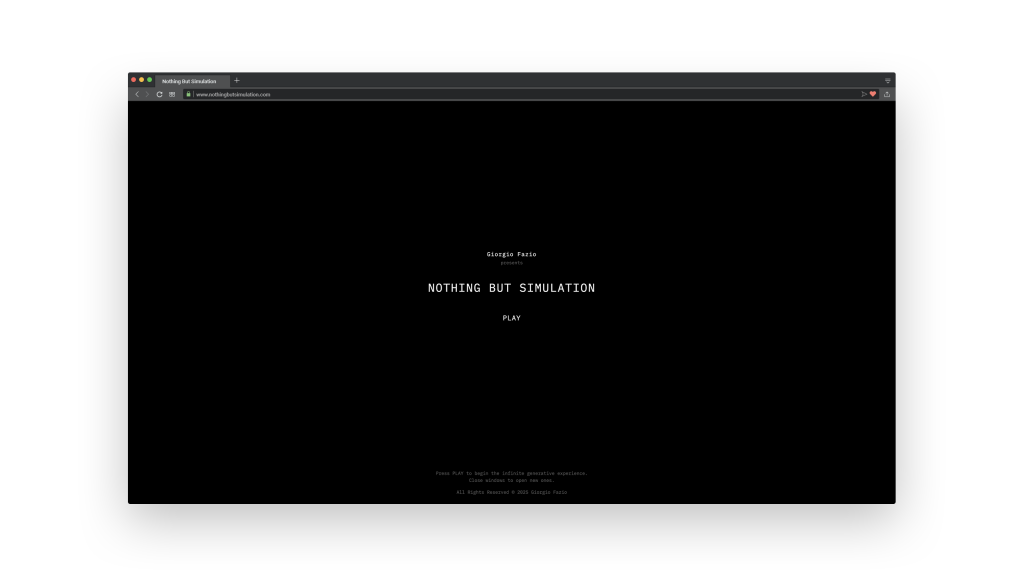
Your title track premiered on Foodman’s NTS Radio show. How was that experience, and what did it mean for the project?
Premiering the track on NTS with Foodman was a powerful moment. I have always admired the way he builds his own language with sound, free from rules and expectations. His world is raw, unpredictable, and uncompromising, which resonates with the essence of Nothing but Simulation.
Having the project emerge for the first time in that context gave it a sense of alignment. NTS carries an energy where risk and experimentation are part of the DNA, and Foodman embodies that spirit completely. For me it felt like the project found its first breath in a place where it could exist without explanation, surrounded by the same radical openness that shaped it.
Stream “Nothing but Simulation but Something Feels Real” here.
The post Forward-Thinking Creative Giorgio Fazio Finds Emotion in Simulation with New EP appeared first on Magnetic Magazine.



